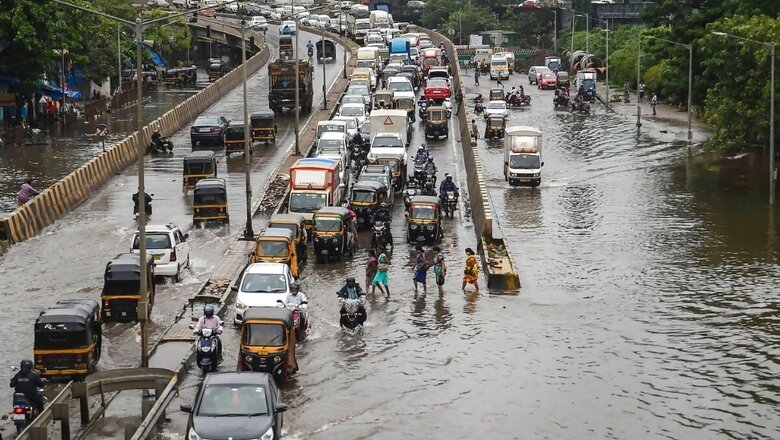
views
Maharashtra Chief Minister Uddhav Thackeray on Sunday met with officials after thirty-one people were killed in separate incidents of landslides in Mumbai as the city witnessed frightening rains.
Incessant heavy downpour overnight during a major thunderstorm pummeled Mumbai, causing severe waterlogging and traffic disruptions in the financial capital starting late Saturday.
An orange alert was issued for Mumbai and coastal Maharashtra for the next five days, as the Brihanmumbai Municipal Corporation continues to shift people out of low-lying areas, and where landslides are anticipated, the Chief Minister said in the meeting.
31 Die in Landslide-related Incidents
While twenty-one people were killed after a wall collapsed on shanties in Chembur, ten people were killed in Vikhroli as some hutments collapsed, both incidents owing themselves to landslides. While rescue operations by the NDRF have concluded, Thackeray said BMC staff is on duty for the next 24 hours for any concerning developments.
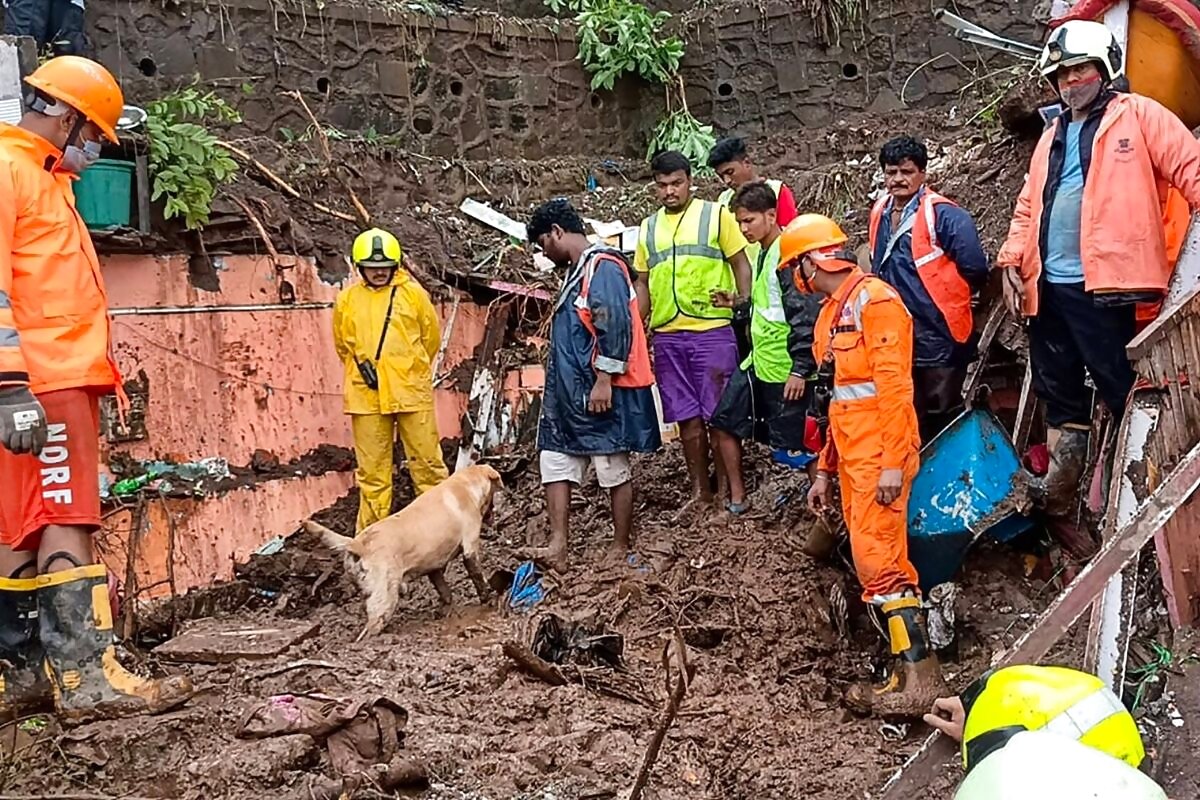
No rescue operations are slated for Monday.
Water Supply to be Affected; BMC Asks Citizens to Boil Water
Water supply is also likely to be in low force in Mumbai on Monday, the CM said. Flooding had occurred in the water purification complex at Bhandup, and the BMC had earlier asked citizens to boil water before drinking. Repair work at the centre is ongoing, Thackeray told officials.
The flooding has affected electrical equipment that control the pumping and filtration processes there, one of the major sites of water supply to the country’s financial capital. The inundation at the complex has affected water supply in most parts of the metropolis, an official had earlier informed.
Meanwhile, the heavy overnight rains also led to the Vihar Lake overflowing on Sunday morning. A BMC statement said the lake, with a storage capacity of 27,698 million litres, is the smallest of the water bodies that are part of the supply mechanism to the metropolis. Built in 1859, the lake supplies 90 million litres water per day.
Aaditya Thackeray, who on Saturday visited locations to review rescue operations at areas of landslides, suggested in the meeting that ‘fever clinics’ should be restarted at various places in the city. Fever clinics had dispensed non-Covid essential health services during the pandemic in Dharavi.
I visited the 3 locations of landslides where the sheer force of the rainwater and mud broke through retaining walls into homes. Relief work is going on and all necessary financial and medical assistance is being provided by the Govt of Maharashtra and BMC. pic.twitter.com/2ztQAmX2T2— Aaditya Thackeray (@AUThackeray) July 18, 2021
The Chief Minister also said that Covid-field facilities should be prepared to offer help to citizens during the crisis.
Travel Affected
The Western Railway and Central Railway briefly suspended suburban train services in Mumbai after the heavy rains, and many long-distance trains were terminated or regulated at various stations. The Chhatrapati Shivaji Maharaj International Airport (CSMIA) had also temporarily suspended flight operations between 12:42 am to 05:24 am on July 18, as a safety precaution. A total of 9 flights were diverted. Flight operations commenced post 05:24 am, however, and are now proceeding as scheduled.
Ex-gratia Announced
Uddhav Thackeray had earlier in the day expressed grief over the loss of lives and announced an ex-gratia of Rs 5 lakh for the kin of each of the victims. Prime Minister Narendra Modi and President Ram Nath Kovind had also mourned the loss of lives.
‘Full Fury’
“Last night Mumbai faced a weather system of extremely heavy rainfall accompanied by thundering and lightning, some parts crossing 200 mm of rain in 3 hours. These were mini cloudbursts in a short span with the full fury of nature,” Aaditya Thackeray said in a tweet.
Last night Mumbai faced a weather system of extreme heavy rainfall accompanied by thundering and lightning, some parts crossing 200 mm of rain in a span of 3 hours. These were mini cloudbursts in a short span with full fury of nature. (1/n) pic.twitter.com/JYC21qAbIQ— Aaditya Thackeray (@AUThackeray) July 18, 2021
Images from a Doppler radar showed that the thunderstorm had a cloud top height of nearly 18 km (around 60,000 feet), the IMD said. “To put in other words, the height/vertical extent of this monster thunderstorm is approximately twice that of Mount Everest!” tweeted meteorologist Akshay Deoras.
Such thunderstorms are uncommon for Mumbai or the west coast during an active phase of the monsoon and in a month like July. The cloud top height of this monster thunderstorm is comparable to the one that produced rains on 26 July 2005, he said. Thunderstorms have already been observed on the following five days in this month: On July 9, 11, 12, 16, and 17, said Deoras, a Ph.D. student in the Department of Meteorology at the University of Reading in the United Kingdom.
Read all the Latest News, Breaking News and Coronavirus News here.










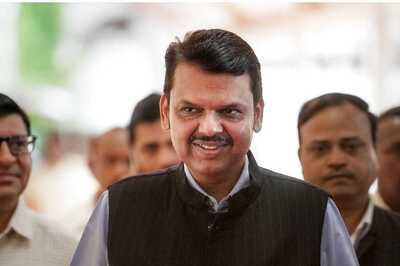

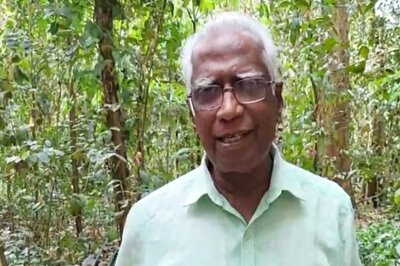


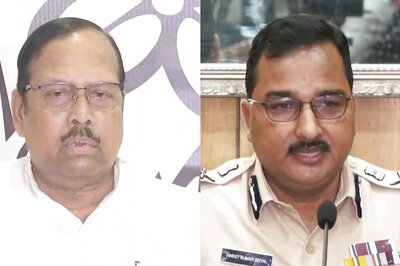



Comments
0 comment